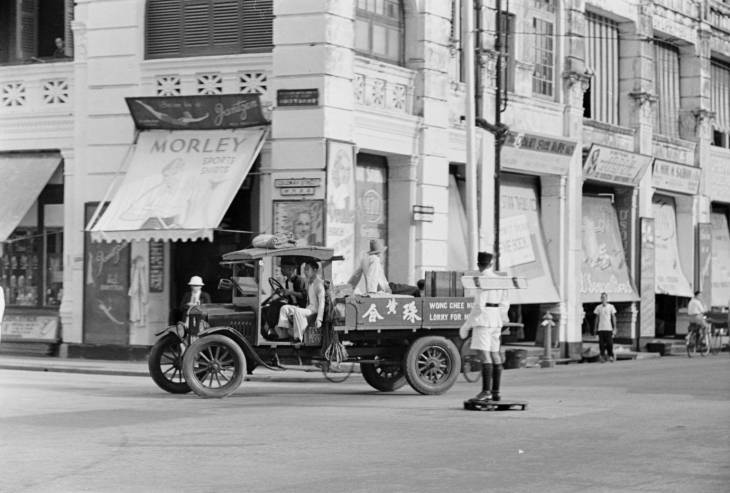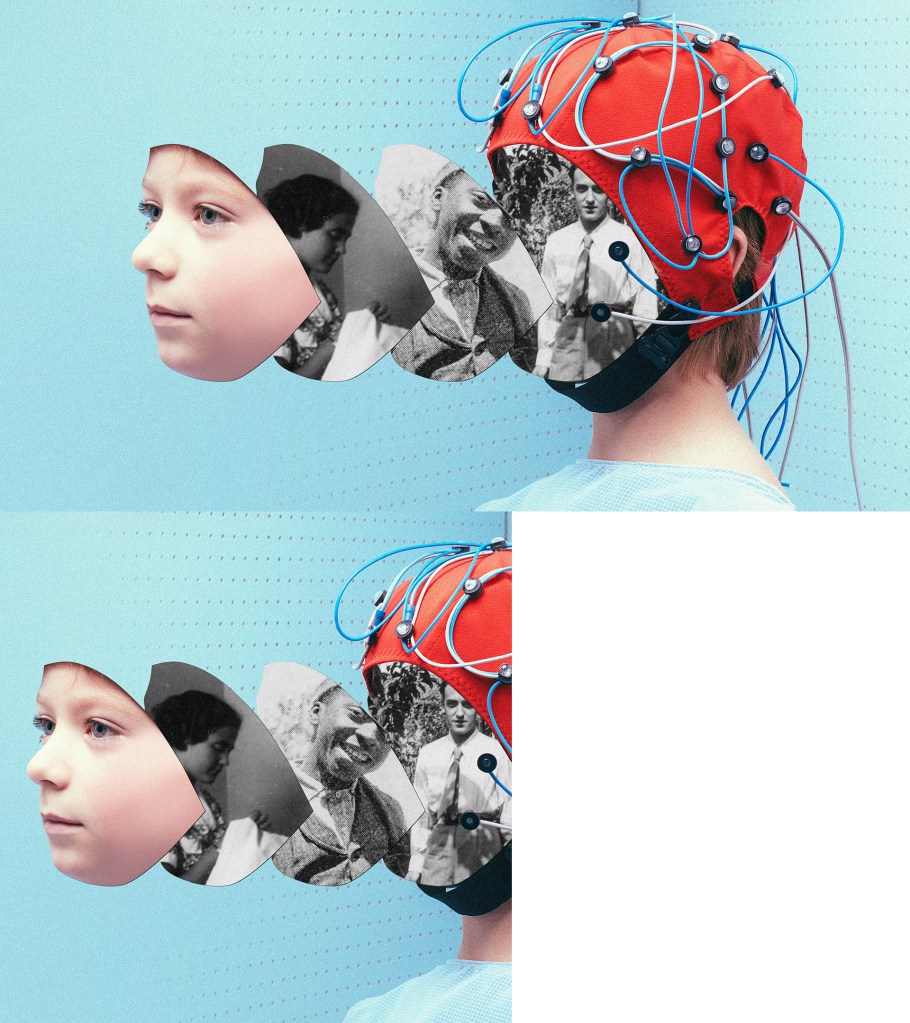With its modern cityscape today, it’s hard to imagine a version of Singapore where street food actually belonged on the streets, not in the UNESCO-approved hawker centers scattered around the city; or a time when dance halls were the nightlife entertainment of choice, not the bass-heavy sweatfests that are now our favorite nightclubs. But Singapore once looked very, very different.
Harrison Forman was an American photographer and journalist who traveled extensively around Asia, capturing the daily lives of people in the region. Some of his photos recently went viral when they were shared on Facebook, striking a chord with many Singaporeans who were fascinated by how different the city-state looked through the mid-twentieth century.
Videos by VICE
The following photos, taken from the Harrison Forman Collection at the University of Wisconsin-Milwaukee Libraries, paint a vivid picture of Singapore in those decades, documenting a different way of life that reframes contemporary urban sights in a new light.



Officially opened in 1930, the Capitol Theatre was considered one of Singapore’s finest theaters at that time. It was officially closed in 1998 before reopening in 2015 after redevelopment, and remains a prominent landmark in the town center.



One of the oldest educational institutions in Singapore, the Anglo-Chinese School was founded by a bishop in 1886. What started in as an extension of the Methodist Church in a shophouse with 13 pupils has since developed into a family of six Singapore-based schools across levels, and continues to provide education for Singaporeans today.



From the banning of tobacco advertising in 1971 to the raising of the legal smoking age to 20 years old in 2020, the tobacco industry in Singapore has been subjected to increasing scrutiny over the decades. Besides strict laws regulating the sale of tobacco products, attempts to discourage tobacco consumption also includes the gradual expansion of smoke-free zones across the country and the introduction of designated smoking areas in popular central districts.

Theemithi (firewalking) is a Hindu religious festival that originated in South India. Sri Mariamman Temple, Singapore’s oldest and largest Hindu temple, has been hosting Theemithi since 1840. During the firewalking ceremony, devotees walk across a fire pit to honor the goddess Draupadi.



Rickshaws began appearing in Singapore in the late 19th century and became immensely popular as a cheap and fast mode of transportation.

From the 1920s to 1940s, a clampdown by the British colonial government saw a dramatic decrease of the number of rickshaws in Singapore. Due to the extreme physical exertion required of rickshaw pullers, who were mostly illiterate immigrants from southeastern China, the hand-pulled vehicle was banned in 1947.

Founded in 1845, the Straits Times is Singapore’s oldest and most circulated newspaper.

The three “Worlds” — New World, Great World, and Happy (Gay) World — thrived as popular entertainment spots in Singapore from the 1920s to the 1960s. These parks contained various forms of entertainment including getais (Chinese stage performance), cinemas, dance halls, restaurants, skating rinks, and retail shops. It is not known if this photo was taken in one of the three Worlds.

Most of the nightlife in the 1950s happened in New World, which boasted a dance hall and cabaret girls, also known as “taxi girls.” It is not known if this photo was taken in one of the three Worlds.




